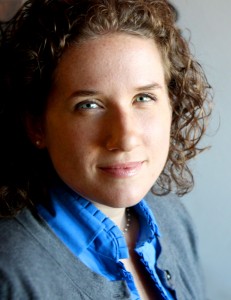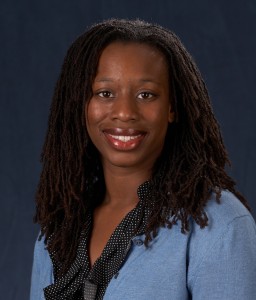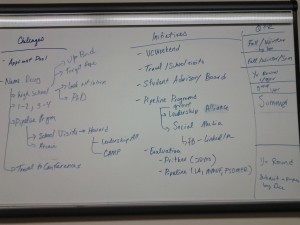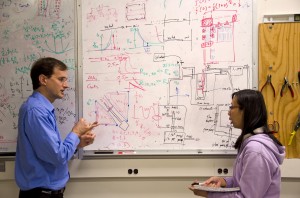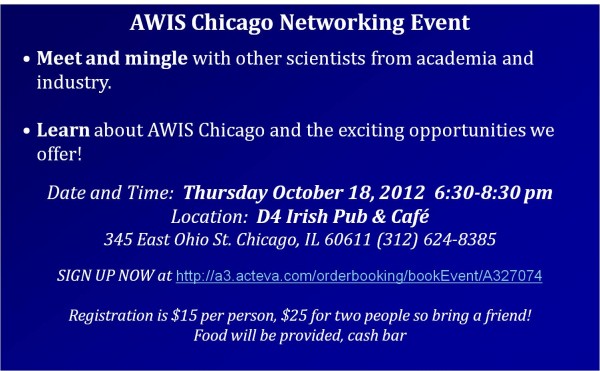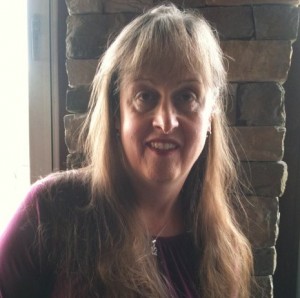By Marina Damiano
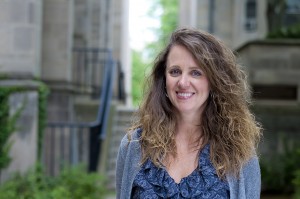 As a scientist, what do you say when a colleague asks you about your research? Is it different than how you would explain your research to a non-scientist? Perhaps it is easy to deliver a highly technical presentation, but when you have to remove the jargon and package the essence of your research into digestible information for the public, you struggle. Fear not, for you are not alone! Scientists spend years learning theory and perfecting experimental techniques, but we are rarely trained or even given a lesson on the art of communication. However, in order to drive new discoveries, scientists must be able to clearly communicate their research to more than just scientists. There are teachers and students who are eager to learn, organizations and foundations who want to fund, and even ordinary people who want to understand why they have a disease or how a machine works. At the graduate level and beyond, these important outreach and communication skills are often overshadowed by research demands, but Michelle Paulsen is changing the status quo for science communication at Northwestern University.
As a scientist, what do you say when a colleague asks you about your research? Is it different than how you would explain your research to a non-scientist? Perhaps it is easy to deliver a highly technical presentation, but when you have to remove the jargon and package the essence of your research into digestible information for the public, you struggle. Fear not, for you are not alone! Scientists spend years learning theory and perfecting experimental techniques, but we are rarely trained or even given a lesson on the art of communication. However, in order to drive new discoveries, scientists must be able to clearly communicate their research to more than just scientists. There are teachers and students who are eager to learn, organizations and foundations who want to fund, and even ordinary people who want to understand why they have a disease or how a machine works. At the graduate level and beyond, these important outreach and communication skills are often overshadowed by research demands, but Michelle Paulsen is changing the status quo for science communication at Northwestern University.
Michelle is the director of Reach for the Stars, a National Science Foundation sponsored program that provides fellowships for Northwestern PhD students to become “resident researchers” in K-12 classrooms. As director, Michelle recruits graduate students, all of whom are in STEM fields and use computational modeling in their research, and teachers for the program. With her extensive background in science, teaching, and leadership training, Michelle also advises the PhD candidates on how to develop educational materials related to their research and teaches the participating educators how to work with and train new science communicators. One former fellow explains how the skills he learned in Reach for the Stars benefited other aspects of his graduate career, “In preparing a talk for my department, I took an approach different from what I would have done in the past. The talk felt more like a narrative, reaching a goal (the paper I was assigned), rather than a collection of theorems slapped on the whiteboard (which is probably what I would have done pre-Reach for the Stars).”
As a self-proclaimed science and education geek, Michelle is passionate about science education for all. Like most of us in the field, Michelle’s lifelong love of science began with outstanding teachers in elementary school and high school. She went on to earn her Bachelor of Science in Chemistry from the University of Illinois – Urbana-Champaign (U of I) and Master of Science in Environmental Engineering from the Illinois Institute of Technology (IIT). Her graduate research took her to the Shedd Aquarium, where she developed a computational model to detect metal ions from eroding pipes in the water distribution systems. Although Michelle enjoyed her research, she felt a call to leave the lab and focus on teaching science to others. Michelle credits two outstanding teachers – Dr. Clifford Singer at U of I and Dr. Paul Anderson at IIT – with the impetus to move in this direction. “Not only were they well respected researchers, but they had a talent for teaching as well. I found that to be a unique combination and they have been sources of inspiration to me.” With this momentum, Michelle earned a Master of Arts in School Leadership from National Louis University.
In her current position at Northwestern, Michelle observes that the public is starting to grasp more firmly the importance of science and science education. New national guidelines, the Next Generation Science Standards, require an overhaul of existing benchmarks for science education. According to Michelle, there is a push for curriculum that encourages science students to explore their own research questions and to design experiments rather than following pre-written procedures. Because of these societal and curriculum changes, practicing scientists are now more frequently asked to participate in both formal and informal science education and communication.
To meet the demands of these new expectations for scientists and researchers, Michelle helped to establish the Ready, Set, Go (RSG) program in summer 2012 to improve the communication skills of STEM graduate students and post-doctoral fellows at Northwestern. Michelle based RSG on a program she attended at the Stony Brook University Center for Communicating Science; this program was designed with input from actor and long-time science fanatic, Alan Alda, who recognized that scientists sometimes need help communicating more “directly and personally.” RSG is a 10-week communication fellowship that brings in experts in the fields of theatre, broadcast journalism, and information visualization to prepare young STEM researchers to be able to share their work more effectively with a broader audience. The fellowship concludes with a symposium called Seven Minutes of Science that features RSG fellows giving TED style talks about their research. Northwestern professor and Dean of the Graduate School, Dwight McBride, attended the symposium and was “impressed by the powerful presentations and the progress” of RSG fellows. Last year was RSG’s inaugural year, but the program has been renewed by Northwestern to run in both the spring and summer 2013 terms
Michelle advises all young scientists, regardless of their desired career path, to find what they are passionate about and study it thoroughly. When scientists who want to transition from academia to non-traditional fields, such as outreach and science communication, ask for advice, Michelle says, “Get your feet wet! Try it, see if you like it, and then continue to grow. Volunteer in classrooms and at museums; try to become more invested in science education at your home institution and in your community.”
So the next time you are at Thanksgiving dinner and your fourth cousin asks you what you do, do not sigh and say, “It’s complicated.” Rather, think about what you read in this article and the importance of the skillset of communicating science to non-scientists. Then, take a deep breath and enlighten them.

